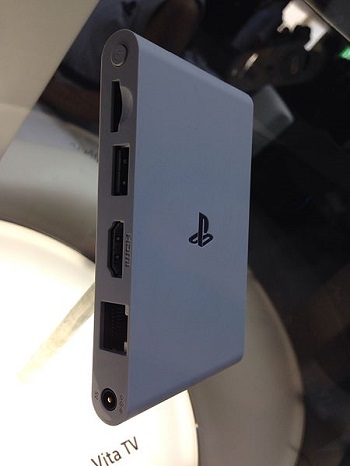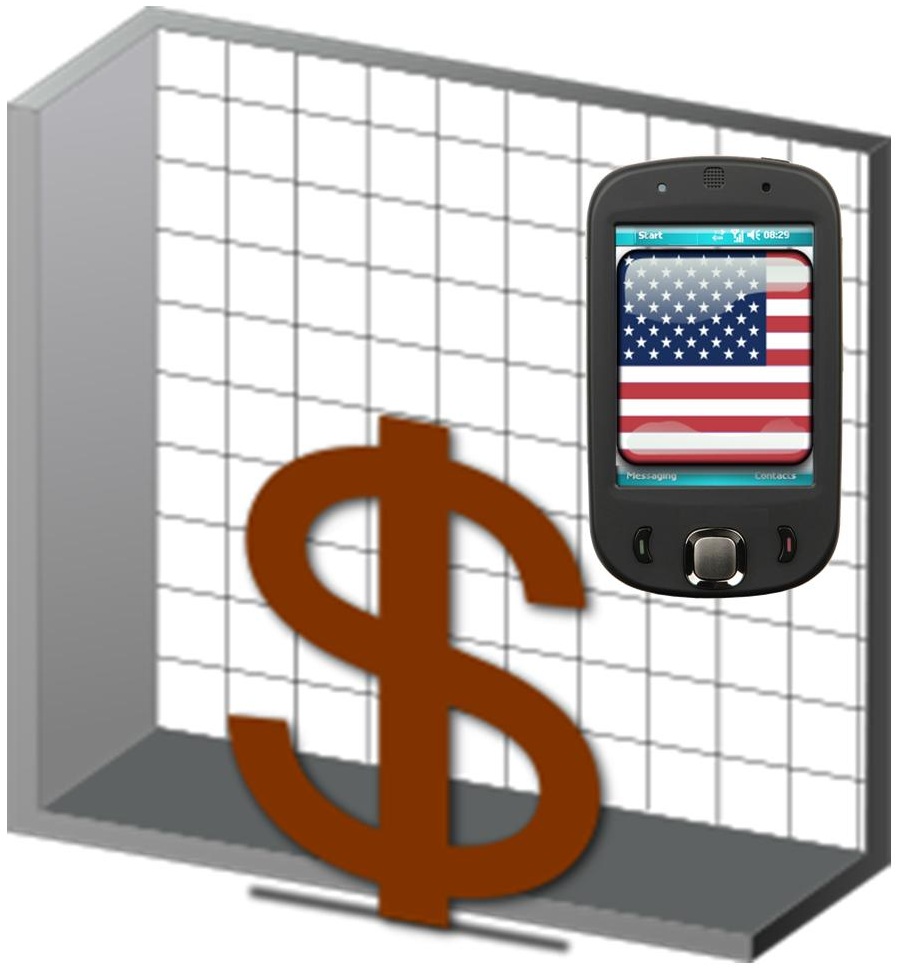The company had previously made feature phone games long before smartphones took off and is now coming back.
Nippon Ichi Software (NIS) had been involved in mobile gaming for quite some time, having had a great deal of luck back when feature phones were the big thing in Japan – the step in technology between the old flip-phones and the current smartphone – but their popularity rapidly fizzled out as mobile tech changed and brought a tidal wave of game developers into the mix.
The company has now announced their return into smartphone games, with a specific goal in mind.
NIS will now be stepping back into providing mobile gaming products, but will be doing so for PlayStation TV and Vita. It will be recreating some of its most popular games so that consumers will be able to play them over these channels. The time of the feature phone trend in Japan wasn’t very long, but when it happened, many consumers owned these devices and NIS saw a tremendous market in mobile games, as the competition in that market wasn’t nearly as large as is currently the case for smartphones.
The company now sees an opportunity to take advantage of mobile gaming nostalgia from its most popular titles.
 Though the feature phone wasn’t nearly as technologically advanced as a smartphone, it did offer a number of interesting and unique advancements over what had been available to old cell phone and flip phone owning consumers. Mobile games were certainly among the most beloved features on those devices.
Though the feature phone wasn’t nearly as technologically advanced as a smartphone, it did offer a number of interesting and unique advancements over what had been available to old cell phone and flip phone owning consumers. Mobile games were certainly among the most beloved features on those devices.
One of the most popular games that NIS had put out for those mobile devices was called “Duologue”. That will now be among the titles that will be released in Japan for PlayStation Vita and PlayStation TV as a part of its “App Archives” service. That service is being launched within that country and Duologue will be the first title released under its brand. It is expected to cost 556 yen.
This mobile gaming experience was first launched in 2006, and the new launch will allow gamers to be able to return to the adventures of its protagonist, Alius, on the continent of La Zik, with more than 1,000 different objectives to be reached.
Moreover, the prices in the United States are going up, even though they’re dropping around the world.
According to the 2014 International Market Communications Report, the latest mobile trends show that people in the United States are paying more for their wireless service than any other country studied within this report.
What’s more, unlike the majority of other countries that were examined, the prices are only going up.
The report was issued by as UK regulator – the Office of Communications, also called Ofcom – in order to examine mobile trends such as the prices being paid by subscribers in 18 total countries around the world. The analysis measured the average revenue on a monthly basis per mobile connection. The 18 countries spanned six different continents. What the report showed was that in 2013 in the United States, the average mobile customer paid approximately $47 per connection.
That amount was higher than the amount paid by customers in any other country studied by the mobile trends report.
 Customers in Japan were the only ones who paid anywhere near that amount, last year. The majority of the countries surveyed in the report saw a monthly bill that was lower than $31 for their wireless services. Mobile subscribers in Poland, Brazil, Russia, China, India, and Nigeria all paid an average monthly bill that was less than $16.
Customers in Japan were the only ones who paid anywhere near that amount, last year. The majority of the countries surveyed in the report saw a monthly bill that was lower than $31 for their wireless services. Mobile subscribers in Poland, Brazil, Russia, China, India, and Nigeria all paid an average monthly bill that was less than $16.
Among the reasons that helped to explain why customers in the United States were paying more for their monthly mobile service than anyone else was that they were also among the highest data users when compared to other nations. Cisco data has revealed that the average mobile consumer in the U.S. used an average of 1.3 GB of data every month, last year. Comparatively, Europeans were using an average of 700 MB per month, last year. This represented under half of the usage by Americans. African and Middle Eastern customers were using an average of only 185 MB per month during 2013.
That said, while higher data usage helps to shed some light on why the mobile trends are for higher prices in the United States, what wasn’t explained was why the U.S. was among the few countries where the cost of mobile service was not falling.
 Though the feature phone wasn’t nearly as technologically advanced as a smartphone, it did offer a number of interesting and unique advancements over what had been available to old cell phone and flip phone owning consumers. Mobile games were certainly among the most beloved features on those devices.
Though the feature phone wasn’t nearly as technologically advanced as a smartphone, it did offer a number of interesting and unique advancements over what had been available to old cell phone and flip phone owning consumers. Mobile games were certainly among the most beloved features on those devices.
 Customers in Japan were the only ones who paid anywhere near that amount, last year. The majority of the countries surveyed in the report saw a monthly bill that was lower than $31 for their wireless services. Mobile subscribers in Poland, Brazil, Russia, China, India, and Nigeria all paid an average monthly bill that was less than $16.
Customers in Japan were the only ones who paid anywhere near that amount, last year. The majority of the countries surveyed in the report saw a monthly bill that was lower than $31 for their wireless services. Mobile subscribers in Poland, Brazil, Russia, China, India, and Nigeria all paid an average monthly bill that was less than $16.